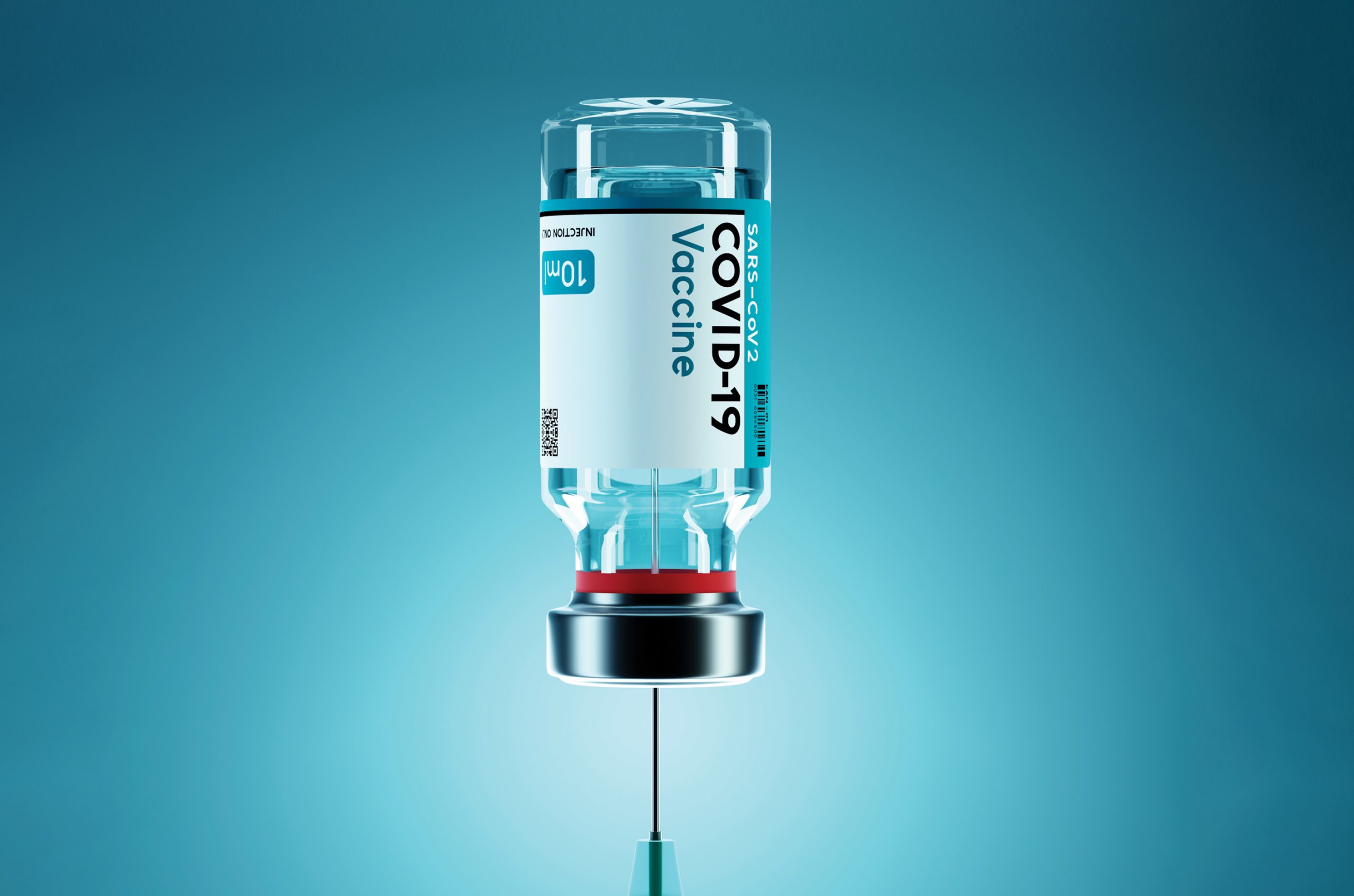Before the pandemic, most of us had never heard of mRNA vaccines, likely because none had been developed commercially in the United States before 2020. However, the quick rollout of the Pfizer and Moderna COVID-19 vaccines thrust the technology into the spotlight. We spoke to Dr. Daniel Hoft, the director of the Saint Louis University Center for Vaccine Development, about what the success of the COVID-19 vaccines could mean for the future of immunology.
How are mRNA vaccines different from other vaccines?
Older technology uses a purified antigen from the pathogen or a weakened version of the live virus to induce an immune response. With mRNA vaccines, you aren’t injecting the pathogen. You’re injecting the blueprint that shows your cells how to trigger an immune response. Messenger RNA gets inside a cell and tells it to make the proteins that will cause your body to start producing antibodies.
What are the benefits of mRNA vaccines?
One advantage is that they are faster to develop. All you need is the sequence of the antigen, and then you can synthesize an RNA that can produce it. Plus, researchers don’t have to work with the viral hazard itself. Labs don’t need to grow the virus, which is dangerous for everyone involved. It’s also a system that could swap out different versions of the messenger RNA sequence. For example, the flu vaccine is developed each year with different strains to target those that are predicted to be prevalent during that flu season. With mRNA technology, you can swap out similar but different sequences, such as with variants like omicron. Pfizer and Moderna already are developing updated vaccines. The components are the same; the RNA just is delivering a different blueprint to the cells.
What has the success of the COVID-19 vaccine shown us about the technology?
The pandemic necessitated a rapid rollout and showed that mRNA vaccines are very attractive for a quick response. We now have purified protein-based vaccines, like those from Johnson & Johnson and AstraZeneca, but those took longer to develop. We’re also seeing that the mRNA vaccines are outperforming those others in terms of protection. For Pfizer and Moderna, boosters are recommended after six months, and peak immunity is more than 90%. While with Johnson & Johnson, boosters are recommended after two months, and the vaccine has lower efficacy. All of these things are making everyone in the field much more excited about adapting mRNA vaccines.
What other diseases could mRNA vaccines be effective against?
There are vaccines being researched for influenza, respiratory syncytial virus (RSV) and other coronaviruses like MERS and SARS. Those are the most advanced, and they are going into clinical trials. Work in preclinical studies is being done for even more pathogens.
Is there anything the approach is not effective against?
MRNA is a good option if you’re trying to induce an immune response against a protein. If you need to induce an immune response against a carbohydrate, like with pneumonia, it’s more complicated. You can’t make a mRNA vaccine that is encoded to a carbohydrate because it requires more than a single molecule; you need different RNA to create different components. No one has determined how to do that.
How can mRNA vaccines be improved?
If you’ve been vaccinated for COVID-19, you know the injection feels a little stronger than a lot of other vaccines. There are several components that cause inflammation, which is what signals the body that it’s facing a real threat. That reactivity is what causes the side effects people experience after being immunized. While the vaccines are safe, and the side effects are rarely significant, we do need further research into what type of inflammation needs to be triggered to get optimal immunity without producing as much reactiveness. That will allow us to create vaccines with fewer side effects.








